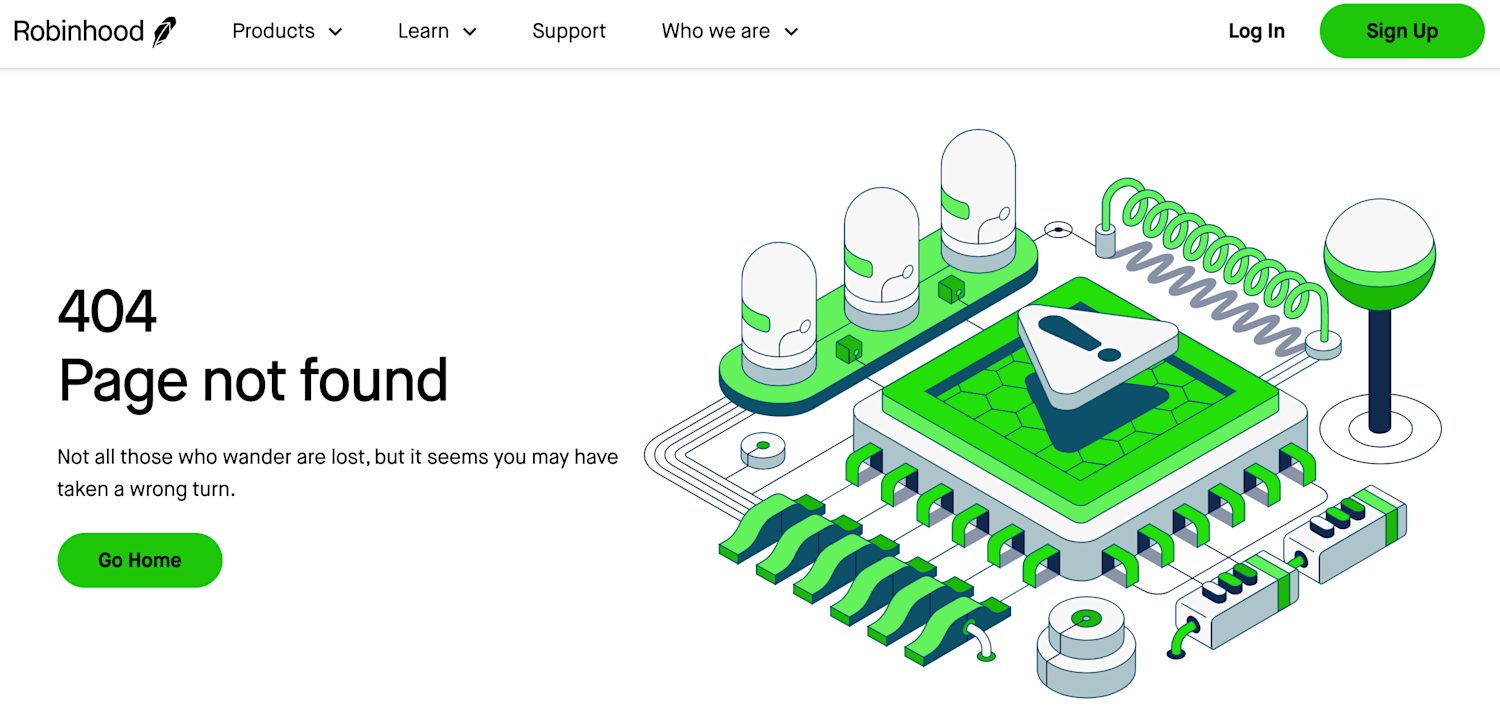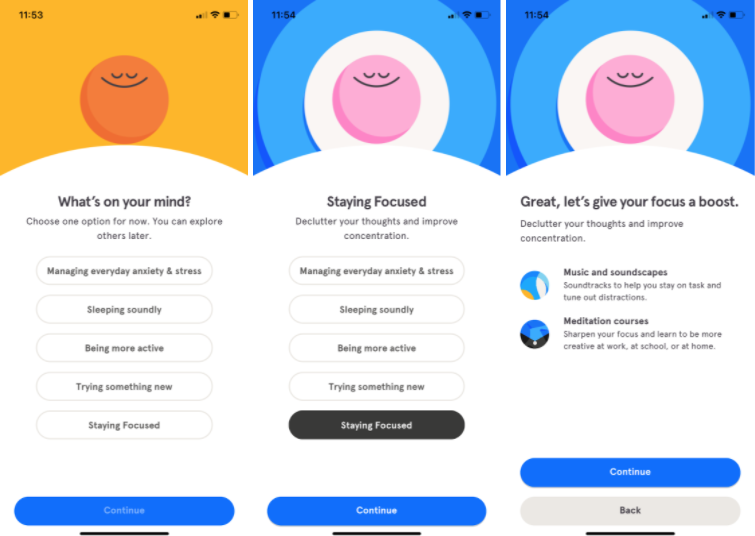What Is a UX Writer? Writing for the User
UX writers create texts on digital interfaces, such as mobile apps and websites. Also known as 'copy', this text helps users navigate the digital interface.
![[Featured image] A UX writer is at their desking working on their laptop.](https://d3njjcbhbojbot.cloudfront.net/api/utilities/v1/imageproxy/https://images.ctfassets.net/wp1lcwdav1p1/5MCeLc6clHpPZHJleQywL0/3320568bbaee754682127df7cad21979/edited_iStock-693553358__1_.png?w=1500&h=680&q=60&fit=fill&f=faces&fm=jpg&fl=progressive&auto=format%2Ccompress&dpr=1&w=1000)
A UX writer finds the words for menus, definitions, buttons, labels, chatbots, and error messages or the instructions to guide first-time users through a product—the small pieces of writing which is collectively called "microcopy." An effective UX writer will create a microcopy that is intuitive to users, in keeping with the product’s brand voice, and easily understood by the audience, including people of different abilities, ages, gender identities, and backgrounds. UX writers need to understand the target audience and will tailor the wording, font, layout, and design of the text to match the needs of the intended audience.
You can think of UX writing as a subset of UX design that focuses on the written bits with plenty of overlap with UX design. Like UX designers, a UX writer might test several versions of their work, conduct user research, and interact heavily with product teams as they find the best ways to create useful copy. They might use similar design tools like Figma or Sketch to plan and design copy.
See UX writing in action on a 404 page on Robinhood’s website:

And some microcopy from the Headspace app:

UX writer salary
India's tech industry has grown quickly in the past decade, and many careers in UX have emerged alongside it. UX writers are key members of user experience teams, and many companies look to UX writers to improve their brand image, enhance their product, and keep users engaged.
As of June 2023, a UX writer in India makes an average base salary of ₹10L, according to Glassdoor [1]. Whilst this is an average annual earning, individual salaries vary greatly by location, experience, industry, and job responsibilities.
UX writer vs other jobs
Several jobs overlap with UX writers, like content strategists, copywriters, and technical writers. Generally, these other writing jobs are not part of the design process and take place either before or after the design team plans the product. It’s worth noting that different places can have different expectations of the roles. Here are a few other ways UX writers differ from similar professions.
A content strategist creates or plans content based on a company’s needs and expectations. So whilst a UX writer might use guidelines laid out by a content strategist, they generally wouldn’t become involved in the bigger content strategy of the organisation.
A technical writer’s job is typically to distil complex information into accessible language through items like instruction manuals, how-to articles, and reference guides. Whilst UX writers and technical writers both have to make their end copy easily understandable, it’s rare for UX writers to put together lengthy pieces like manuals. UX writers tend to focus on the written aspects of a website or app users directly interact with.
Copywriters generally work for the marketing arm of a company. A copywriter might create copy for ads and social media posts or contribute to coming up with marketing slogans. Like UX writers, a copywriter keeps the company’s brand voice in mind. But a copywriter will usually focus more on acquiring customers and spreading awareness of an organisation.
How to become a UX writer
Breaking into the field of UX writing will likely mean having the appropriate skills, building a presentable portfolio, and having some experience under your belt. Here’s a detailed look at what that means.
1. Consider the skills you’ll need.
Here are a few skills you might want to have as a UX writer:
Writing: Knowing grammar and spelling and having an in-depth understanding of tone and shades of meaning are essential, but UX writing is more than that. Good UX writing should be concise and clear to give the user the least amount of friction possible when using a product. Having some practice with UX-specific writing will be helpful to your job search. Trying to improve your writing? Think about taking some courses in effective communication through writing and design.
Research: Does a button in your website make a user want to click through or turn them away? Does the language when users make mistakes on an app sound cold or condescending? What demographics use this app? These are questions you might be able to ask through UX research. User testing, A/B testing, and card sorting are some of the research techniques UX writers can use to make sure a product works as intended.
Digital design program: Though not all UX writers will use visual design toolkits, being familiar with some can boost your credentials for positions that will expect you to. Program like Figma and Sketch may have free trial periods that will allow you to acquaint yourself with them and give you time to create material you can use in a portfolio.
Learn microcopy. One of the key skills for UX writers is creating microcopy. Microcopy is small text that guides users through digital interfaces. Good microcopy involves comprehensive research and strong user design skills. UX writers must be able to anticipate user needs and create messages that appear at just the right time in just the right voice. For example, a message on a loading screen that says something encouraging like "Just a moment! We are almost there" might be the difference between a user staying on the site or clicking away.
2. Create a portfolio.
A portfolio is often a central part of applying for UX writing positions. This usually means building a simple website to showcase your past work and display what you’re capable of. Websites builders like Wix and Adobe Portfolio can be a good place to begin.
When you create your portfolio, you will want to include information about yourself, your contact details, examples of your best work, and any testimonials from past clients you have worked with. If you don’t have any professional experience, enhancing your portfolio with sample projects and examples can help employers see your skills in this field.
If you are applying for a position that works with a certain audience, creating example products or showcasing work for similar users is a good idea to tailor your application to the specific role you are interested in.
3. Get experience.
Browsing job descriptions, you may find that hiring managers often ask for past experience with user experience writing. If you’re trying to improve your UX writing resume, you can take one of several routes.
Starting in a tangential role, like copywriting, technical writing, or even UX design, can give you opportunities to practise UX writing. Courses in UX writing can introduce you to the fundamentals of UX writing and run through concepts like usability testing. They may also give you the opportunity to write your own copy that you can display in a portfolio. If you’re still looking for ways to put your skills into practice, you can also create mock websites or apps.
Get started with UX
A relatively new field in the design world, UX writing is nevertheless a sought-after skill by many companies. If you have a way with words, have design sensibility, and appreciate good user experience, UX writing can be a good fit. UX writers often use a broad range of skills, and building UX design fundamentals can help you enter UX writing with a strong foundation.
Consider completing the Google UX Design Professional Certificate on Coursera to learn job-ready skills and gain an introduction to the user-centred design field.
Article sources
Glassdoor. “UX writer salaries in India, https://www.glassdoor.co.in/Salaries/india-ux-writer-salary-SRCH_IL.0,5_IN115_KO6,15.htm?clickSource=searchBtn.” Accessed June 28, 2023.
Coursera Staff
Editorial Team
Coursera’s editorial team is comprised of highly experienced professional editors, writers, and fact...
This content has been made available for informational purposes only. Learners are advised to conduct additional research to ensure that courses and other credentials pursued meet their personal, professional, and financial goals.